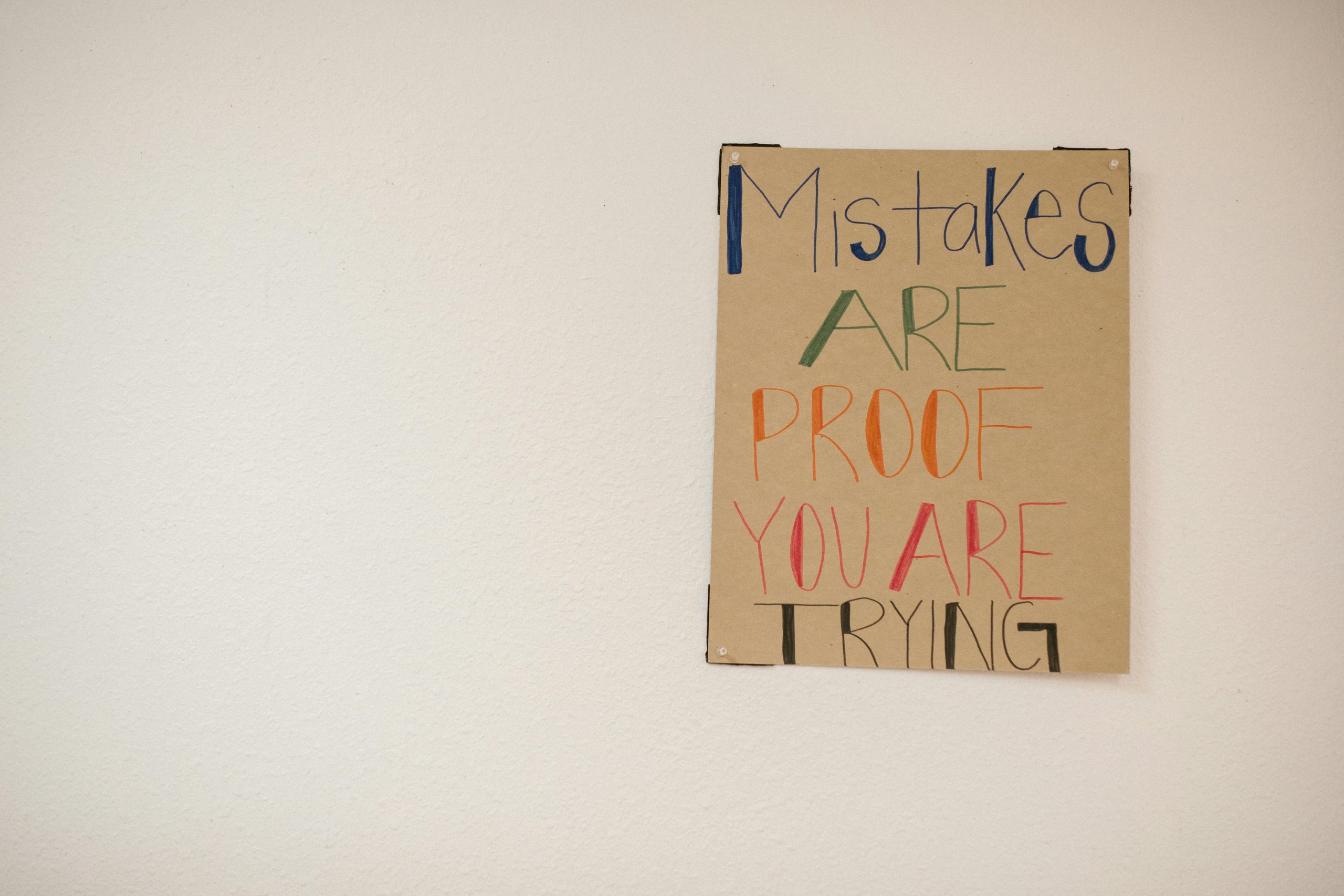Engage Your Class: 6 No-Prep Games to Compete with Free Time
Do you also find yourself in the constant battle against “free time” whenever you hit pause on your lesson for a game? It’s a challenge we all face, especially when trying to keep kids engaged during those winding down moments in the school year.
To help you navigate this tricky territory, I’ve compiled a list of the six most engaging games and activities that have proven to be more popular than free time itself! The best part? All of these options are completely prep-free and require only materials you probably already have in your classroom.
With the end of the school year approaching, it’s crucial to keep our students occupied and enthusiastic about learning—and these activities will do just that!
I’m also eager to learn from your experiences! What activities do you rely on that guarantee student engagement? Let’s collaborate and share strategies to ensure we all successfully compete against those tempting moments of free time!
Keep reading to discover these winning games and let’s keep our classrooms buzzing with excitement!

It’s definitely true that “free time” can be a formidable opponent in the classroom! Kids are naturally inclined to seek out unstructured time, especially as the school year winds down and excitement for summer builds. The challenge lies in finding engaging activities that keep them occupied while also enhancing their learning experience, even in the final stretch.
In addition to your insightful list, here are some new activities and practical advice for effectively competing against free time:
1. Interactive Storytelling
Encourage students to collaboratively create a story. One student starts with a sentence, and each subsequent student adds to it. Not only does this engage their imaginations, but it also fosters teamwork and listening skills. To add an element of excitement, turn it into a “story hat” where students throw in random items (like a pencil or eraser), and they must mention that item when it’s their turn.
2. Mystery Box Challenge
Prepare a box of everyday classroom objects (or have students bring in items from home). Divide the class into small groups and have them come up with a short skit that incorporates all the items. This boosts creativity, problem-solving, and public speaking skills while making use of resources already available in the classroom.
3. Speed Learning Stations
Set up different “learning stations” around the classroom focused on various topics or skills you’ve covered. Students rotate through each station for 5-7 minutes. This not only breaks the monotony but allows for quick reviews and discussions, turning free time into active learning.
4. Classroom Games with a Twist
Choose classic games like “Simon Says” or “Duck, Duck, Goose” and put a twist on them. For instance, during “Simon Says,” incorporate academic concepts (e.g., “Simon says, touch something that starts with ‘S’ that you’ve learned about this year”). Incorporating curriculum into games makes learning seamless and fun.
5. Peer Teaching
Encourage students to teach a mini-lesson on something they are passionate about or excel at. This could be anything from a math shortcut to a cool art technique. Not only does this empower students and build confidence, but it also promotes engagement among peers as they learn from one another.
6. Reflection Journals
As the school year ends, have students reflect on their learning journey by writing in journals. Prompt them with questions like “What was your favorite subject this year and why?” or “What is one new skill you learned that you can use outside of school?” This activity promotes self-awareness and critical thinking, while also giving them time to process their school experiences.
Collaborative Efforts
As educators, sharing successful strategies is vital. Consider creating a communal “back pocket” activity board in your staff room or a Google Drive where teachers can contribute and access new ideas. You can even set up a “swap day” where teachers present their favorite activities, leading to enrichment across various classrooms.
By turning the concept of free time into structured, engaging activities, we can leverage students’ natural enthusiasm into productive learning moments. The key is to be flexible and responsive to their interests, ensuring that learning feels both relevant and enjoyable. What other activities have worked well for you? Let’s keep this conversation going!